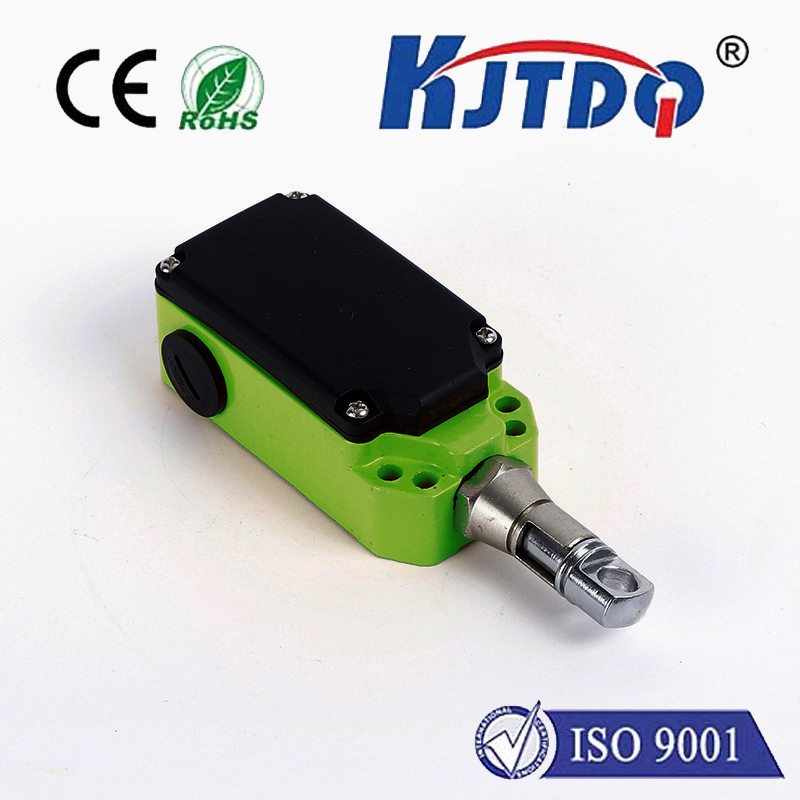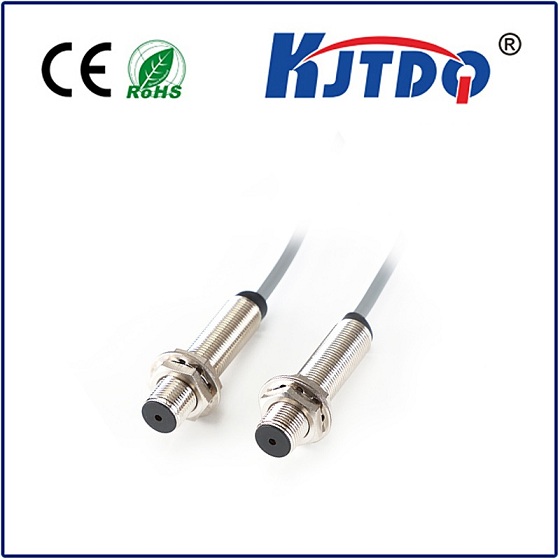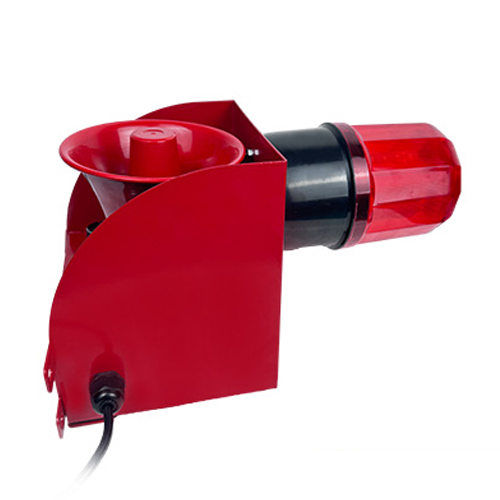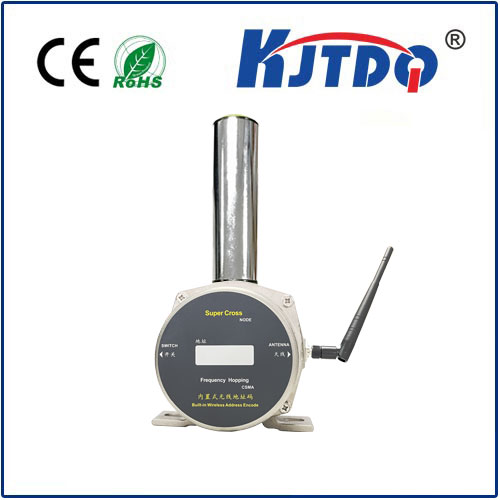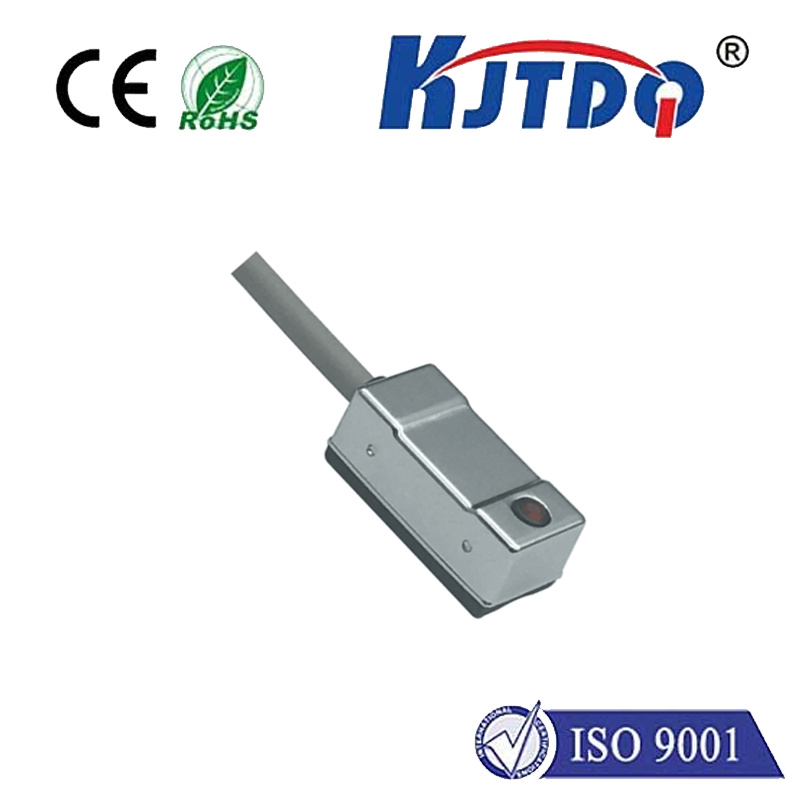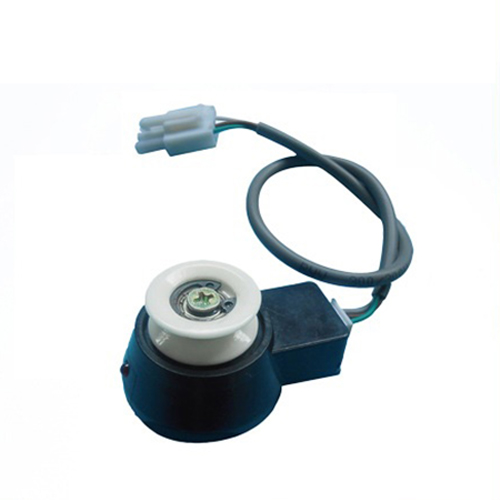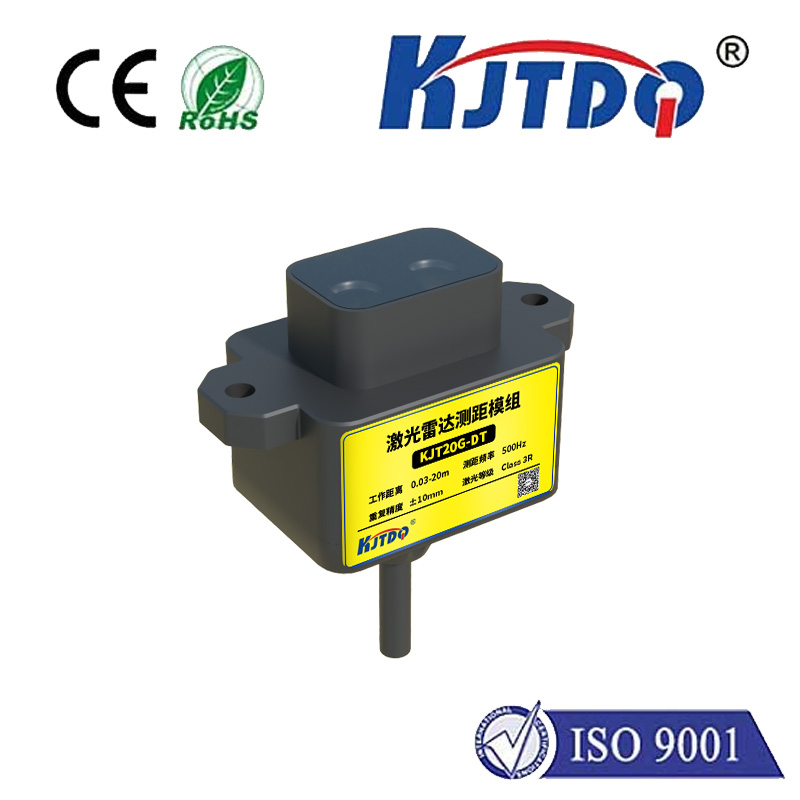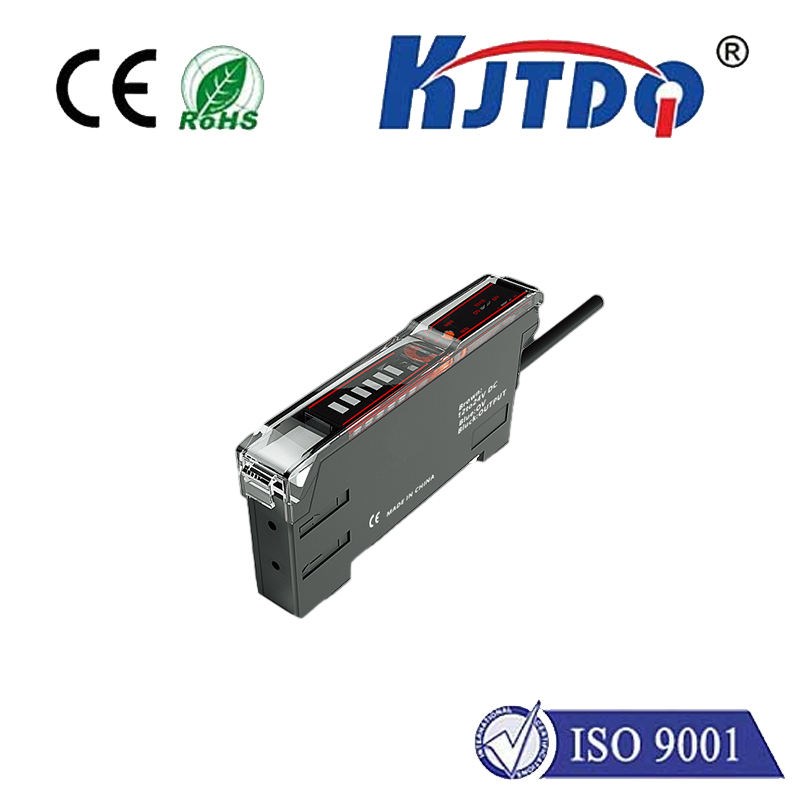

check

check

check

check
The subtle dance between humans and machines relies heavily on intuitive interaction. In the realm of air conditioning (AC), this interaction is undergoing a quiet revolution, moving beyond buttons and remotes towards seamless, automatic responses. At the heart of this shift lies a small, often unseen component: the proximity sensor. Integrating proximity sensors into AC units isn’t just a futuristic gimmick; it’s delivering tangible benefits in convenience, hygiene, and significant energy conservation, making our interaction with climate control smarter and more effortless than ever before.
So, what exactly is a proximity sensor, especially in the context of AC? Fundamentally, a proximity sensor is an electronic device designed to detect the presence or absence of nearby objects without physical contact. In air conditioners, these sensors typically employ technologies like infrared (IR) or capacitive sensing. An IR proximity sensor emits an invisible beam of infrared light. When a person or object enters its detection zone, the infrared light reflects back to the sensor. The unit’s microcontroller interprets this reflected signal as a detection event. Capacitive sensors, on the other hand, detect changes in an electrical field caused by the presence of a conductive object (like the human body).
The most immediately noticeable application within proximity sensor AC systems is touchless control. Imagine walking into a room, raising your hand towards the AC unit on the wall, and effortlessly scrolling through temperature settings or fan speeds without ever physically touching the panel. This is the convenience offered. By incorporating proximity sensors directly into the AC’s display panel or a dedicated control zone, users can wave a hand to wake the display from sleep mode, cycle through options, or make selections. This eliminates the need to fumble for a remote or press potentially germ-laden buttons – a feature gaining immense importance in environments prioritizing hygiene, such as hospitals, offices, restaurants, and even homes conscious of health.

Beyond the convenience and hygiene of touchless operation, proximity sensors unlock powerful features for enhanced energy efficiency – a critical factor for both environmental responsibility and lowering electricity bills.
The functionality of proximity sensors within AC systems exemplifies how smart technology is becoming seamlessly integrated into everyday appliances. It moves beyond the need for explicit commands (“app control” or “voice commands”) towards anticipatory responses. The AC becomes subtly aware of its environment and the user’s intention, streamlining the interaction.
Implementing these sensors requires careful design. The detection range needs calibration – too sensitive, and it might activate accidentally from across the room; not sensitive enough, and users will have to awkwardly hover their hand directly on the unit. Manufacturers must also ensure the sensor works reliably regardless of ambient lighting conditions or the presence of other infrared sources. Despite these engineering considerations, the benefits are compelling drivers for adoption.
When considering your next air conditioning unit, whether a sleek wall-mounted split system, a feature-rich mini-split, or a sophisticated central air handler, evaluating the inclusion of a proximity sensor is worthwhile. Look for specifications mentioning “touchless control,” “gesture recognition,” “auto display dimming,” or explicitly “proximity sensor.” It represents more than just a novel way to adjust settings; it signifies a commitment to user-friendly design, modern hygiene standards, and intelligent energy management.
The evolution from simple thermostats to sophisticated climate control systems has been remarkable. The integration of proximity sensors marks another significant step forward. By enabling effortless, touchless interaction and contributing to smarter energy usage, proximity sensor AC technology is redefining how we experience and manage our comfort, making the mundane act of adjusting the temperature a more intuitive and efficient part of modern living. This quiet component is proving that sometimes, the most impactful advancements are those that work subtly in the background, anticipating our needs and enhancing convenience while reducing waste.

